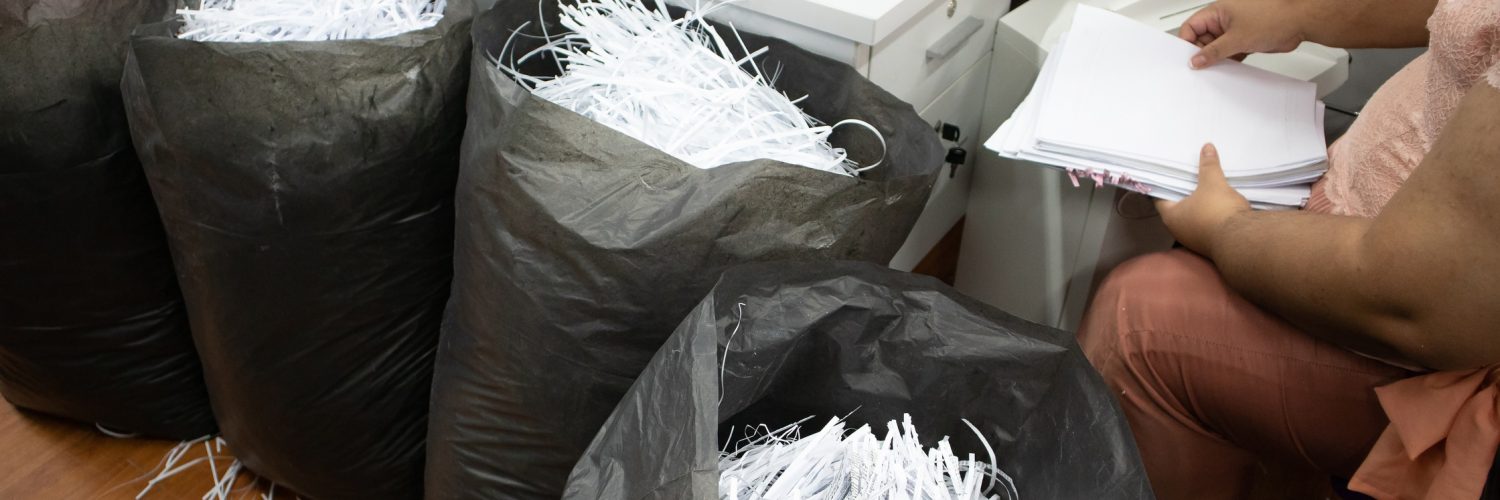Effective document disposal is a critical part of running any professional organization. For businesses, shredding documents protects sensitive information while also promoting sustainability.
But before sending stacks of paperwork to the shredders, it’s essential to think about organizing and separating documents beforehand. Doing so will enhance efficiency and ensure compliance and environmental responsibility. Read on to learn why separating documents matters before shredding.
Protecting Sensitive Information and Maintaining Compliance
Before shredding your documents, separating sensitive paperwork plays a crucial role in securing confidential information. With privacy laws, such as GDPR or HIPAA becoming stricter, businesses must ensure they’re destroying sensitive data appropriately.
By categorizing documents, you will identify which contain personal information, financial details, or proprietary business data and make sure these are securely handled. Organized separation also ensures that your company meets legal requirements and avoids costly compliance violations.
For instance, employee records or contracts may require specialized shredding procedures compared to general
office memos. By refining your process, you build an additional layer of security. This practice reinforces trust among your employees, clients, and stakeholders, demonstrating your commitment to safeguarding sensitive information.Enhancing Recycling Efforts and Environmental Responsibility
Not all documents you shred are the same, and pre-sorting your paperwork can significantly boost the effectiveness of recycling efforts. Documents with heavy bindings, staples, or plastic covers should be separated from plain paper to prevent contamination of recycled materials. This extra step makes it easier for shredding and recycling facilities to process the waste efficiently, reducing the likelihood of recyclable materials being rejected or going to landfills.
This level of environmentally responsible shredding shows your company’s commitment to sustainability. Removing non-paper items like clips or laminated pieces also reduces unnecessary waste and contributes to cleaner recycling streams. Additionally, separating papers intended for recycling improves office cleanliness and organization by fostering a tidier workplace and reinforcing a positive corporate image.
Saving Time and Reducing Shredding Costs
Separating your documents before shredding can save your business time and money. When shredding large amounts of paper, unsorted materials clog shredders or require manual intervention, slowing down the entire process. By pre-sorting, you streamline the operation, ensuring the service runs smoothly and reducing delays.
Shredding companies often charge based on time or the weight of materials handled. Proper organization eliminates bulky non-paper items or contaminants, helping you lower service fees. Furthermore, this method allows your employees to work efficiently without disruptions caused by lengthy disposal tasks. It’s a simple strategy with a tangible financial payoff.
A Clean and Responsible Shredding Process
Separating your documents before shredding benefits your business in multiple ways. It secures sensitive information while maintaining compliance with laws. It supports sustainability efforts by enhancing recycling success. And it optimizes operational costs and time management.
Taking this extra step shows strategic thoughtfulness in document destruction, reflecting a business that values security and responsibility. Make your shredding process stress-free, eco-conscious, and cost-efficient by incorporating document separation into your routine.
















